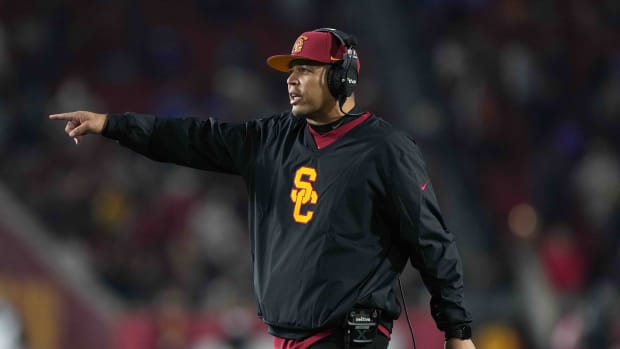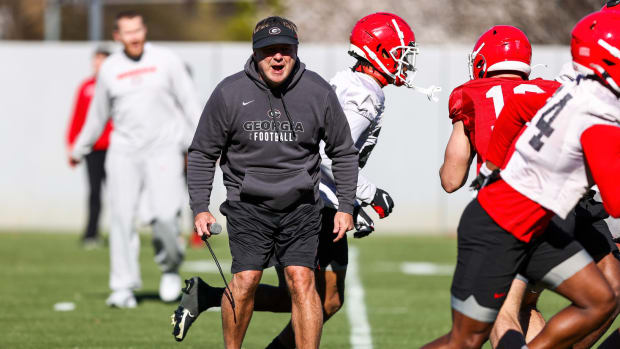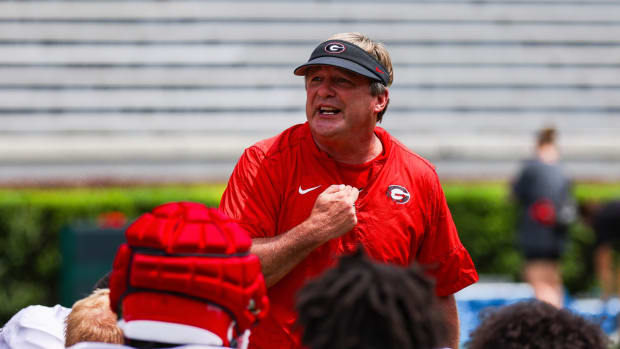The Reasoning For Conference Only College Football is Simple - Control
Stop me if you've heard or seen this take on social media in the last 48 hours, "Georgia can travel 736 miles from Athens, Georgia to Columbia, Missouri but can't take the 72 mile trip from Athens to Atlanta?"
It's become rather comical at this point, the groupthink that's available on that bird app, but that's not what the decision for an all-conference schedule is about. It's not about proximity to one another, it's about the control.
The Big10 has announced they will be playing an all-conference schedule, as well as the Pac-12, rumors are swirling that the ACC will move to a similar format, leaving the SEC and Big-12 likely to do the same.
The primary issue with playing interconference games is the fact that with a variety of conferences comes a variety of safety standards, testing standards, and travel standards.
It's something the professional leagues have had to their advantage during this process. They are one unified body, for the most part. So, they can test, trace, and treat the virus in one uniform manner. Whereas the NCAA is one large body that's appendages are completely disconnected and separate from one another.
It's not just about the health and safety standards being able to be controlled either, it's about the ability to shuffle the schedule around as well. If they wanted to play a ten-week schedule among the fourteen conference members in the SEC, the conference can move the schedule around and make it as even as possible in terms of strength of schedule.
In addition to a standard of health and safety and ability to set their own schedules, going with a conference only model provides a level of flexibility if a team were to come down with an influx of positive tests. It's a matter of numbers at some point. There are 130 division 1 football programs, all crossing paths at some point, all with different levels of financial and medical resources.
If you dwindle that number down to just 14 programs, with relatively similar financial means, you've got a much more controllable situation.
You can follow us for future coverage by clicking "Follow" on the top righthand corner of the page. Also, be sure to like us on Facebook @BulldogMaven & follow us on Twitter at @DawgsDailySI.




